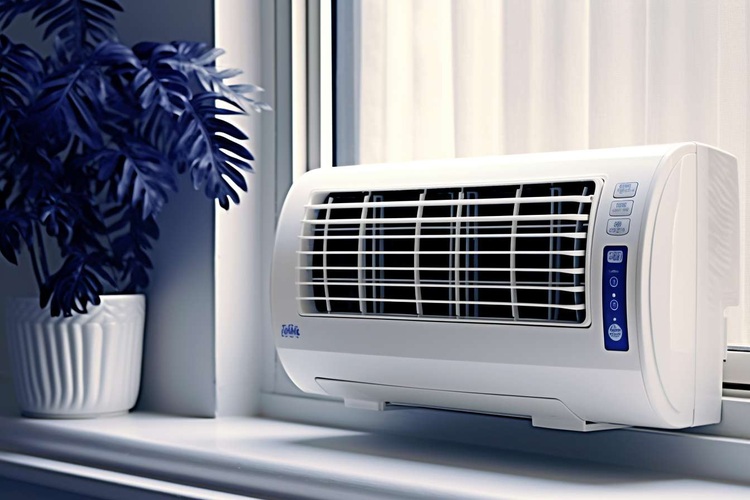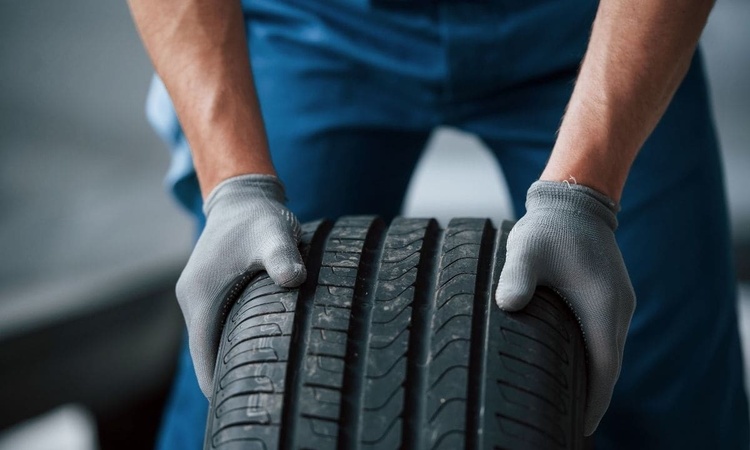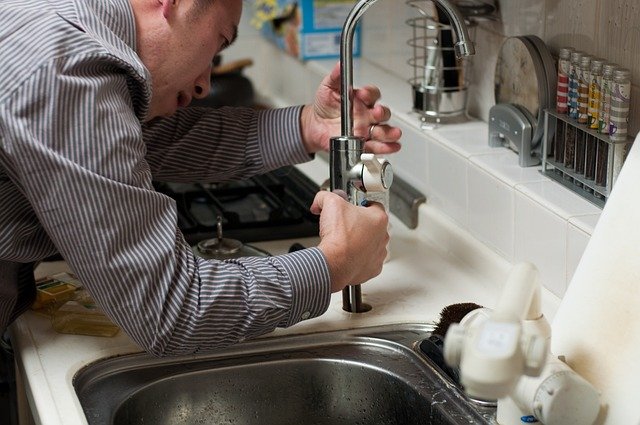Portable air conditioners for home cooling: practical guide
Portable air conditioners can be a practical solution when fixed systems are not available or when targeted cooling is needed in one room. These units combine a compressor, condenser and fan in a single movable cabinet and can provide rapid relief during warm spells in summer. They are best viewed as temporary or supplemental options that require consideration of room size, ventilation and energy use to perform effectively in a domestic setting.

How does a portable air conditioner work?
A portable air conditioner extracts warm air from the room, cools it via a refrigerant cycle and expels heat outside through an exhaust hose. Many models are single-hose systems that draw room air and vent the warmed discharge outdoors, while dual-hose units use one hose to bring outdoor air in and another to expel heat, often improving efficiency. Dehumidification is a secondary effect: as warm air passes over cold coils, moisture condenses and is collected or drained away. Understanding these basics helps set realistic expectations for cooling performance.
Choosing a portable unit for home cooling
Match unit capacity to room size; manufacturers state cooling power in BTU/h or watts. Undersized units will struggle to reach comfortable temperatures, while oversized ones may cycle too quickly and not dehumidify well. Consider window or wall venting options, whether you need caster wheels for mobility, and features such as programmable timers, sleep modes and thermostats. Also review filter type and ease of emptying condensate—some models auto-evaporate, others need a drain or periodic manual emptying. Think about where the exhaust hose will route to ensure proper installation without obstructing windows or fire escapes.
Installation and maintenance for portable units
Installation is often simpler than for split or central systems but still requires careful placement. Place the unit near a suitable window or vent and avoid tight corners that restrict airflow. Ensure the exhaust hose is as short and straight as possible to reduce back pressure. Regular maintenance includes cleaning or replacing filters, checking the exhaust hose for kinks and draining condensate according to the manufacturer’s instructions. Seasonal storage should involve cleaning and drying the unit to prevent mould growth. Routine upkeep prolongs performance and helps maintain indoor air quality.
Energy use and cooling efficiency
Portable air conditioners generally consume more energy per unit of cooling than fixed split systems, because of heat gains from the exhausting process and the less efficient single-package design in many models. Look for energy efficiency ratings (EER or SEER where available) and compare estimated energy use against your local electricity costs. Using the unit on its thermostat or with a timer, closing curtains during peak sun hours and combining with fans to circulate cooled air will improve perceived comfort while limiting energy use. For continuous whole-house cooling, central or multi-split systems often provide better long-term efficiency.
Noise, safety and summer comfort considerations
Portable units typically generate more audible noise than wall-mounted split systems since the compressor is inside the room. Check decibel ratings in specifications and read user reviews for real-world impressions. Position the unit to minimise direct noise exposure near beds or workspaces. Safety-wise, ensure the power supply matches the unit’s requirements, avoid trailing leads across walkways, and never block the intake or exhaust. During hot summer periods, consider ventilation strategies, shading and humidity control to complement the portable air conditioner and improve overall comfort.
Conclusion
Portable air conditioners offer flexible, room-focused cooling that can be useful for renters, small flats or temporary needs during warm periods. They require careful selection based on room size, a clear plan for exhaust venting, and regular maintenance to perform reliably. Assess energy implications and noise levels against your expectations for comfort and convenience to determine whether a portable unit is the right option for your home.






